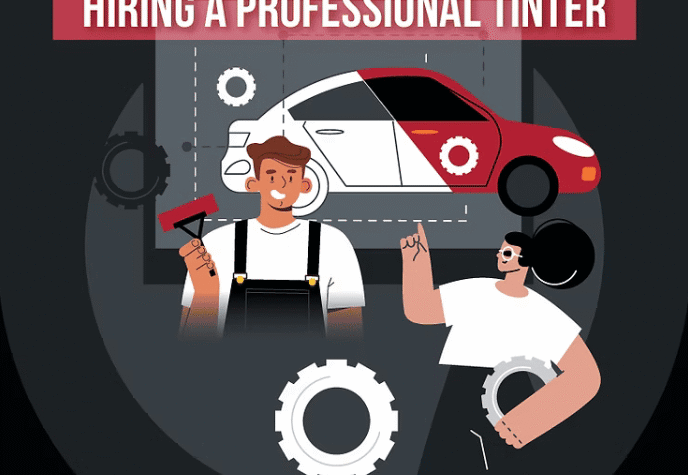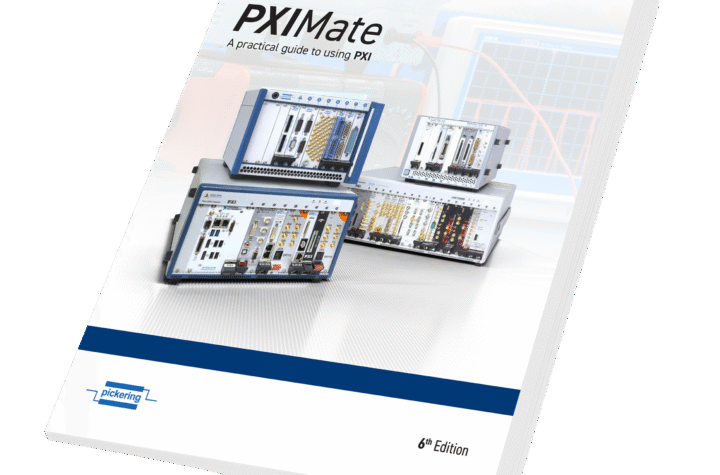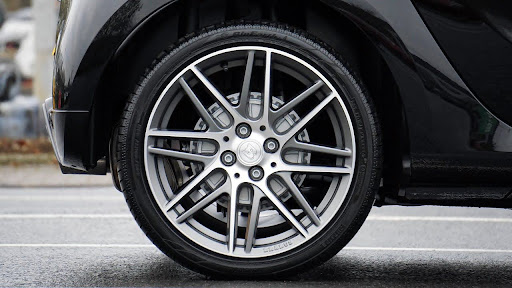
 The launch of the new S40 completes Volvo’s overhaul of its line of sedans. The desired effect of this new offering is more than simply making a revamped S40 that shares lines with the S60s/S80s but more so to offer an entry level Volvo to attract a younger target buyer.
The launch of the new S40 completes Volvo’s overhaul of its line of sedans. The desired effect of this new offering is more than simply making a revamped S40 that shares lines with the S60s/S80s but more so to offer an entry level Volvo to attract a younger target buyer.
“The S40 takes cues from the other sedans in the line but was designed to be unique. There were actually three working designs and the one that was chosen was the sportiest of the three,” says Exterior Designer Al Briscoe. Since aesthetics are paramount in bringing the younger buyers, the interior design was also greatly considered in the process. Most notable is the slim line centerstack. This wafer-thin centerstack leaves space behind it and really gives a young-tech look over all. Four different choices in material will be offered for the unit.
The pricing for the units currently available will have the S40 2.4i coming in at $24,190 and the T5 starts at $26,990, aimed at being a more entry level offering at a European sedan in the North American market with the pricing and the sportier lines. Volvo is hoping to grab buyers at a young age and turn them into loyalists. The largest single market will be the U.S., whose target for 2004 is 20,000 cars in the Volvo S40 series. This will be followed by Sweden 5,000, Britain 4,000, Germany 4,000 and Spain 3,000.
All of the S40s are built at the Volvo Cars factory in Ghent, Belgium. Volvo’s production operations in the Netherlands have ceased with the phasing out of the previous Volvo S40 and V40 models. Volvo has invested €340 million in the Ghent factory, which when finished will be the company’s largest production plant with an annual capacity of 270,000 cars.
The S40 features a transverse 5-cylinder inline engine made possible by shrinking the engine’s outer dimensions. The desired result was a compact car offering performance and driveability. The engine’s dimensions were also sized to contribute to the car’s crash worthiness.
Some of the spatial and safety concerns were addressed with the following engine design choices: the exhaust manifold outlets are angled down towards the engine block, the manifolds on the turbo engines are cast together with the turbo unit housing, the inlet manifold is compact-cast in fiberglass-reinforced plastic and is routed up over the engine, the fuel injectors are installed in an aluminium section. Engines currently available are 2.4, 2.4i, T5 2.5, and a 2.0 turbo diesel that make 140, 170, 220 and 136 hp, respectively. Forthcoming powerplants are all 4-cylinder models 1.8, 1.6 and a 1.6 turbo diesel that make 120, 100 and 110 hp. The 1.8 is due out in spring of ’04 and the 1.6 and 1.6 turbo diesel are due out in fall.
 |
| The body in white utilizes both extra high and ultra high-strength steel creating a structure that’s 68 percent stiffer than its predecessor. |
The 6-speed manual gearbox developed for the Volvo S60 R and V70 R now has made its entry in the Volvo S40 T5 which features triple synchromesh. The normally aspirated engines are mated to a new generation of Volvo’s 5- speed manual gearbox. It has been developed with triple synchromesh as well.
The 5-speed automatic transmission (the same one used in the larger Volvo models) has an adaptive gear changing pattern; in other words, it adapts to the current drivers style. The turbo diesel comes as standard with a 6- speed manual gearbox (not the same as in the T5 model).
An all-wheel-drive version of the T5 will be launched later in 2004. It will have the same type of electronically controlled hydraulic coupling as found on Volvo’s larger AWD models.
The suspension is independent all round, with spring struts at the front and a multilink system at the rear. The rear suspension provides a certain degree of passive steering to counteract any tendency to skid.
The S40 has ABS with electronic brakeforce distribution to the rear wheels and automatic panic-braking assistance — EBA (Emergency Brake Assistance). The front wheels feature ventilated discs. The disc size is adapted to engine power (up to 16.5 in.).
The new Volvo S40 is the first in a range of new Volvo models sharing common technology. Like the Mazda3 and the Ford Focus CMax, the S40 is based on the C-Car platform. The most notable difference between the three offerings is born of Volvo’s everlong ‘safety first’ mantra.
Development of the new S40 used the crash safety levels of the Volvo S80 as a model with the aim of reaching those levels of safety in the new compact body.
The preconditions for efficient deformation are different in a smaller car than those of a large body. The frontal body structure of the Volvo S40 was divided into zones, each with a different task in the deformation process.
The outer zones are responsible for most of the deformation. The closer the collision forces get to the passenger compartment, the less the materials used deform. The objective is that the passenger compartment should remain intact in most collisions.
In order to give each zone the relevant properties, four different grades of steel were used. In addition to conventional bodywork steel, three different grades of high-strength steel are employed: high-strength steel, extra highstrength steel and ultra high-strength steel.
The front bumper incorporates a crossmember of boron alloy steel. The attachments to the longitudinal members of the body are designed in the form of ‘crash boxes,’ which absorb the forces generated by a low-speed collision without damage to the rest of the body structure. The crash boxes have been designed to be replaced at a reasonable cost. The straight sections of the side members are made of high-strength steel, a very ductile grade of material, selected specifically for high energy absorption. This is the zone that accounts for most of the deformation in a collision.
In addition, upper side members have been included in the S40 to provide occupant protection if the vehicle should collide, for example, with a truck platform or a loading pier.
The section of the member that turns outward toward the A-post is designed to act as a barrier for the cabin space and as a back-up reducing deformation. The design was also meant to help minimize the risk of the front wheel penetrating the interior. The wheel instead helps absorb the collision forces. This section is extremely rigid and is made of extra high-strength steel.
A cross-member connects the A-posts and lower side members. On each side they form a three-way attachment, made to help maintain the cabin space in a severe crash.
The engine is 7.8 in. slimmer and 1 in. shorter than that found in the larger Volvo models. Volvo’s transverse engine installation was also designed to contribute to crash safety due to the added space for deformation in the engine compartment. In a collision, the engine can be shunted no less than 6 in. to the rear before the crankshaft comes into contact with the crossmember near the bulkhead.
The all-new Volvo S40 also shares the same type of interior safety systems as found on the S60 and S80 models. The steering column can be deformed up to 5.5 in. When deformed, the steering column moves horizontally to provide the optimal airbag position for this vehicle. In cars for the North American market, the collapse function adapts to the use of the seat belt.
Like the S60/S80s the S40 also shares collapsible pedals, dual-stage airbags, seat belt pretensioners and a force limiter for the front seat belts. The S40 is 2 in. wider than its predecessor creating added space for deformation in a collision. The S40 has the same type of side impact protection as found on the S60 and S80 Volvo models, with SIPS (Side Impact Protection System), side-impact airbags and inflatable curtains.
These curtains are designed to enhance occupant protection in rollover accidents, by deflating more slowly (approximately 3 seconds) than the front airbags. The side airbags are larger than in the previous S40 model so as to help provide more protection at hip and chest height.
Features added to contribute to a stiffer body and reduction of side intrusion included: a reinforced, transversely installed tubular beam between the A-pillars, diagonally installed beams of ultra high-strength Steel in the doors and the B-pillars which have been reinforced and are dimensioned to help provide enhanced protection.
Volvo’s system for avoiding neck injuries — WHIPS (Whiplash Protection System) — is one of the most effective on the market. In the event of a severe impact from the rear, the seat backrest and head restraint accompany the movements of the seat occupant’s body.
The seats and backrests are dimensioned to withstand high loads from items such as unsecured luggage, while at the same time they are designed to yield in severe crashes where a balance of strength and flexibility is important for occupant safety.
The new S40 is 68 percent stiffer than that of its predecessor, according to Volvo, due to body design. The wheelbase and width has also been increased the front track is 60.4 in. (24.8 in. wider), the rear track is 60 in. (2 inc. wider) and the wheelbase is 103.9 in. (7.3 in. longer).
Fun to drive, the nimble handling S40 has plenty of punch, particularly the 2.5L turbo package at 220 hp. Overall, Volvo has created an exciting new model in the S40, one that allows the driver to step out without stepping away from safety.
Supplier Involvement
| Engine: | Volvo Cars, Sk?vde Plant, Engine Center Ghent |
| Body structure: | Volvo Cars, Ghent and Olofstr?m Plant |
| Body sub-assembly | Tower Automotive |
| Bumper: | Plastal |
| Cockpit, doorpanel, exhaust: | Faurecia |
| Seats, overhead system: | JCI |
| Restraints system: | Autoliv |
| Wheel suspension: | Benteler |
| EDS: | Lear |
| Glass: | Sekurit |
| Door module: | Brose |
| Carpets: | Rieter |












More Stories
What You Need to Know About Tire Pressure in Winter vs Summer
Essential Features to Look for in ADAS Calibration Systems
Your Guide to Filing a Car Accident Claim